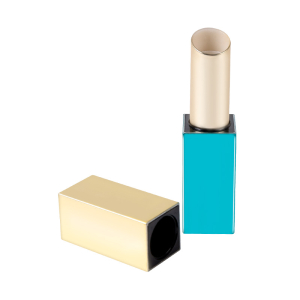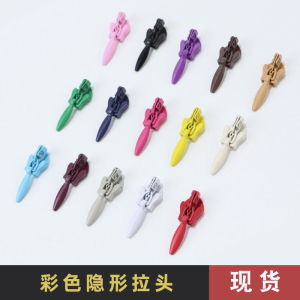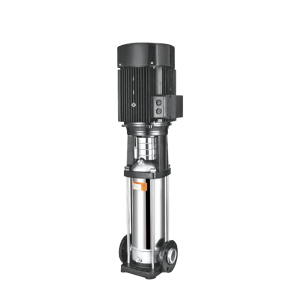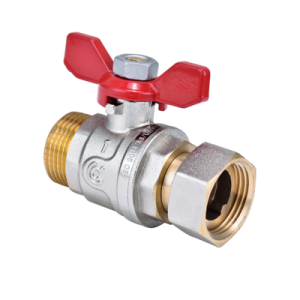The performance of the OEM solar pump under adverse weather conditions is a critical consideration for those looking to implement sustainable water management solutions. These systems, which rely on solar energy to power water pumps, are increasingly popular due to their eco-friendly nature and independence from the electrical grid. However, their reliance on sunlight and outdoor installation makes them susceptible to the elements. This article delves into the various ways OEM solar pumps are designed to withstand harsh weather and the measures that can be taken to ensure their continued operation in the face of challenging conditions.
The first line of defense for OEM solar pumps against inclement weather is their physical construction. High-quality materials such as stainless steel, aluminum, and weather-resistant plastics are often used in the manufacturing process to ensure durability. These materials are chosen for their ability to withstand corrosion, UV radiation, and temperature fluctuations, which are common in outdoor environments. Additionally, the components of the pump, including the solar panels, are often encased in protective housings designed to shield them from direct exposure to rain, snow, and wind.
One of the most significant challenges faced by OEM solar pumps in adverse weather is the reduction in sunlight during cloudy days or stormy weather. To counteract this, many systems are designed with energy storage capabilities, such as batteries, which can store excess energy during sunny periods for use during periods of low sunlight. This ensures that the pump can continue to operate even when the sun is not shining brightly. Furthermore, some OEM solar pumps are equipped with smart controllers that can adjust the pump's operation based on weather forecasts, optimizing energy use and ensuring that water is pumped when it is most needed.
Another aspect of OEM solar pump performance in harsh weather is its ability to handle fluctuations in water levels. In areas prone to flooding or where water sources may dry up, pumps must be able to adapt to changing conditions. Some OEM solar pumps are designed with variable speed drives that can adjust the pump's output based on the water level, ensuring efficient operation without the risk of damage from dry running or overloading.
The impact of wind on solar panels is another factor that OEM solar pump manufacturers must consider. High winds can cause panels to vibrate or even become dislodged, leading to damage or reduced efficiency. To mitigate this, solar panels used in OEM solar pump systems are often mounted on sturdy frames and secured with robust fastenings. In some cases, panels may be tilted at an angle that minimizes wind resistance, or they may be designed with aerodynamic features to reduce the impact of wind forces.
Temperature extremes can also affect the performance of OEM solar pumps. In very hot conditions, the efficiency of solar panels can decrease, while in cold weather, the pump's components may become more susceptible to damage. To address this, some OEM solar pumps are equipped with thermal management systems that help to regulate the temperature of the panels and other components. Insulation and heating elements may also be used to protect the pump during freezing conditions.
In addition to the design and construction of the OEM solar pump itself, the installation process plays a crucial role in ensuring the system's resilience to adverse weather. Proper installation includes securing the pump and panels to withstand strong winds, positioning the system to maximize sunlight exposure while minimizing the risk of damage from falling debris or snow accumulation, and ensuring that all electrical connections are protected from moisture and other environmental factors.
Regular maintenance is also essential for maintaining the performance of OEM solar pumps in harsh weather. This includes cleaning the solar panels to ensure maximum sunlight absorption, checking for signs of wear or damage, and ensuring that all components are functioning correctly. By conducting routine inspections and addressing any issues promptly, the lifespan and reliability of the OEM solar pump can be significantly improved.






